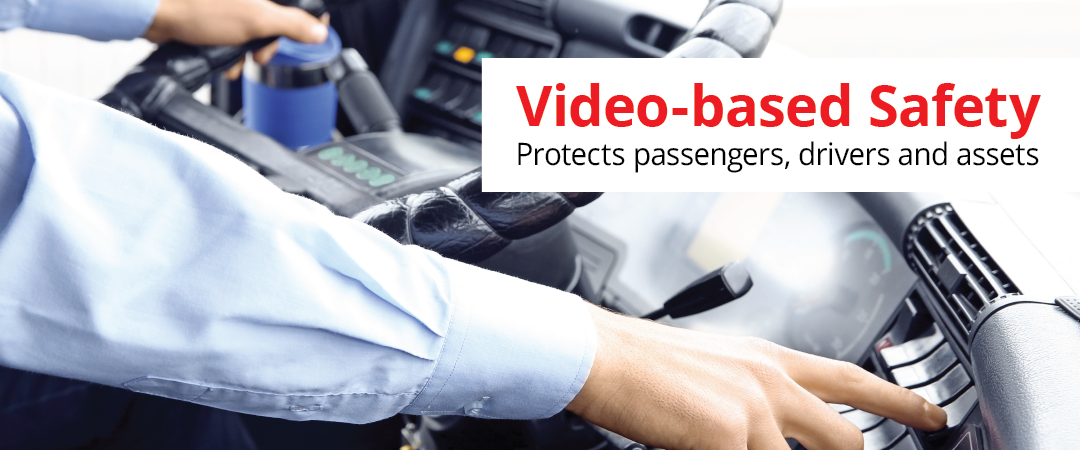Why Video-Based Safety?
This year, the National Highway Traffic Safety Administration (NHTSA) reported a 2.4% decrease in fatal motor vehicle crashes, extending an overall downward trend in road fatalities in 2018, even with more recorded miles driven. On the other hand, when the data are broken out, it’s clear that the trend is not universal across all transportation modes.
Road fatalities involving large trucks, defined by the NHTSA as vehicles with gross vehicle weight over ten thousand pounds and including buses, increased. We can point to at least three reasons that could contribute to the divergence:
- Vehicles themselves – Compared to cars, the absolute number of bus accidents is extremely low; however, buses do not always have the same level of protection (e.g. seat belts) that passenger cars do. Buses are more prone to rollover risk. If a serious accident does occur, injuries tend to be more severe.
- Drivers – For transportation providers and public transit agencies, the driver is still the first and perhaps only line of defense. Despite stringent training programs, research still points to human error as a primary cause of accidents in public transit. Common reasons for motor vehicle safety issues include distracted driving, alcohol-impaired driving, speeding, improper vehicle operations and road rages. Increasingly, cabin distractions, including direct threats on drivers are also a factor. Once buses leave the terminal, operators do not have tools to understand conditions affecting safety.
- Technology differences – The NHTSA points out that vehicle improvements, like electronic stability control, have contributed to overall declines in road fatalities in cars. More recently, “automated technologies” such as automatic lane departure, collision avoidance alerts, adaptive cruise control and automatic braking have become widely available on cars. These technologies are designed to counteract distracted driving and errors in judgement and may account for continuing declines in fatal accidents in automobiles.
Preliminary data from 2019 suggests that these trends will be extended.
How can technology improve safety in large trucks, including buses?
Ultimately, technology leaders aspire to develop self-driving vehicles to make safe transportation more widely available; however, we believe that technology can help operators improve safety in traditional buses now.
LILEE Systems has leveraged a combination of technology developed for both federally mandated safety applications and our autonomous driving pilot to create a video-based safety solution. SafeRide™ links safety events like harsh braking, cornering and driver-signaled emergencies with audio-visual feeds from onboard cameras providing up to 360-degree views of road, cabin and drivers.
SafeRide’s real-time alerts and notifications and live look-ins (live video streaming from onboard cameras) to give operators video-based situational awareness. Instead of analyzing data or relying on second-hand information, operators can use the bus to see conditions affecting safety.
Videos are also stored for analysis of operational conditions affecting safety and experience. Video-based intelligence can help personalize driver coaching and feedback, exonerate staff and work with external partners and agencies to address conditions degrading (e.g. blocked bus lanes, overcrowding, passenger complaints) to improve experience and increase ridership.
Traditional fleet management, driver monitoring or dashcam solutions also use data and/or video. The difference is that SafeRide integrates video feeds with pertinent data and makes them available both in real time and for later analysis. Operators do not need to wait until buses come back to terminals to download videos. Instead, video-based safety records can be instantly shared both internally and with external partners. LILEE Systems is uniquely poised to offer these services based on 10 years of experience with communications technology purpose-built to enable safety mandates for transportation.
To see how SafeRide can make your bus, shuttle or van an active part of your safety programs, please visit https://www.lileesystems.com/saferide/ or contact us at info@lileesystems.com
# # #
Contact us:
E-mail: info@lileesystems.com
